Solar cells may need sunlight, but they generally fare badly in the heat, operating less and less efficiently as they get hotter. Researchers led by Kasper Moth-Poulsen at the Polytechnic University of Catalunya in Barcelona, Spain have now tackled the heating that usually occurs in solar cells exposed to sunlight, by introducing a molecular solar thermal energy storage system (Most) – a layer of photoswitching molecules that absorb some of the energy that would have been converted into waste heat.

Silicon and other photovoltaic materials typically need incident photons’ energy to be in the infrared part of the spectrum to release electrons. However, sunshine covers a broad spectrum of wavelengths so higher-energy photons will shed excess energy by heating the solar cell, diminishing its efficiency. What Moth-Poulsen noticed was that the photoswitching molecules in Most systems tend to absorb at these higher energies in the UV part of the spectrum. ‘That is where the idea came from,’ he says. ‘It becomes a synergy.’
The success of the hybrid system was partly attributable to the efficiency of the Most system Moth-Poulsen and his team had developed for the hybrid system. Molecules in a Most system absorb and store energy by switching into a different metastable isomer. The idea was first reported by German physical chemist Fritz Weigert in 1909 but despite the approach being ‘actually simpler in many ways’, according to Moth-Poulsen, Most systems largely lost out in terms of research and investment to chemical storage in batteries.
Today, there are a few groups around the world still working on Most systems that have an efficiency typically ranging from 0.5% to 1.1%. However, Moth-Poulsen and his team were able to develop a norbornadiene derivative that achieved an efficiency of 2.3%, ‘which is a new record in the field’, he notes. The success comes from working on these systems for over 10 years, focusing on norbornadiene derivatives on account of their low molecular weight and high energy storage density. ‘We have made maybe 100 different molecules over the years,’ says Moth-Poulsen. ‘These are some of the better ones.’
They added the norbornadiene Most system to a standard commercial silicon solar cell and found that the Most system decreased the heating of the photovoltaic device under simulated sunlight by 8°C, thus increasing the efficiency from 12.4% to 12.6%. Moth-Poulsen highlights that as the efficiencies of these silicon solar cells are only around 12% in the first place these increases are significant. Furthermore, the same photoswitching that absorbs energy and keeps the solar cell cool, harvests and stores energy too, giving the hybrid system a total efficiency of 14.9%. ‘The future vision of this is that you can take a solar cell, photovoltaic, and then you could retrofit the Most system,’ Moth Poulsen tells Chemistry World.
‘It showcases the potential of Most systems as more than just a compelling fundamental concept,’ says Grace Han, a chemist at Brandeis University in the US, who was not involved in this project but specialises in Most systems. She describes the work by Moth-Poulsen as ‘an important contribution’ and adds that it ‘demonstrates how innovative organic materials can be incorporated into incumbent solar technologies to extend the capabilities of solar energy harvesting’.
References
Z Wang et al, Joule, 2024, 8, 2607 (DOI: 10.1016/j.joule.2024.06.012)


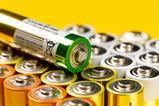

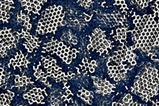



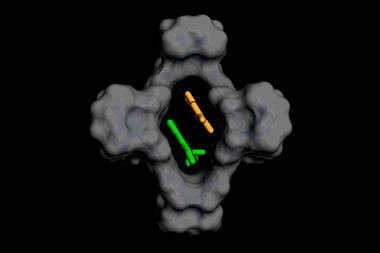
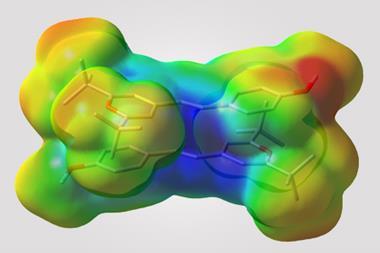
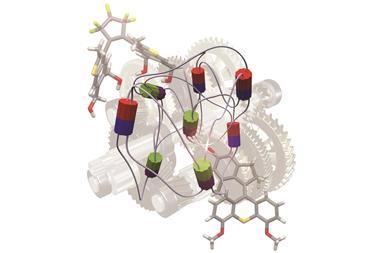






No comments yet